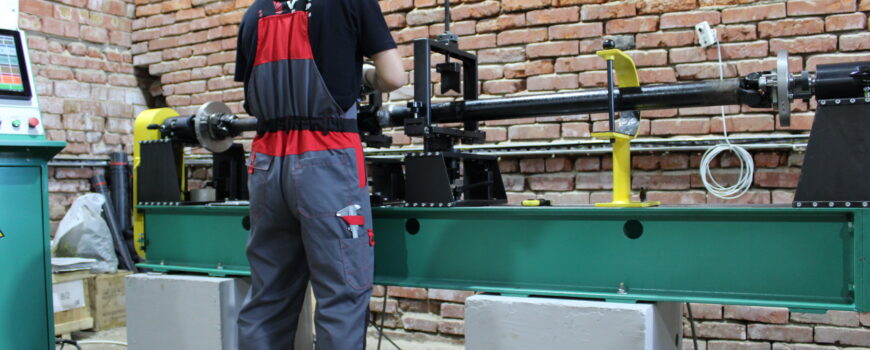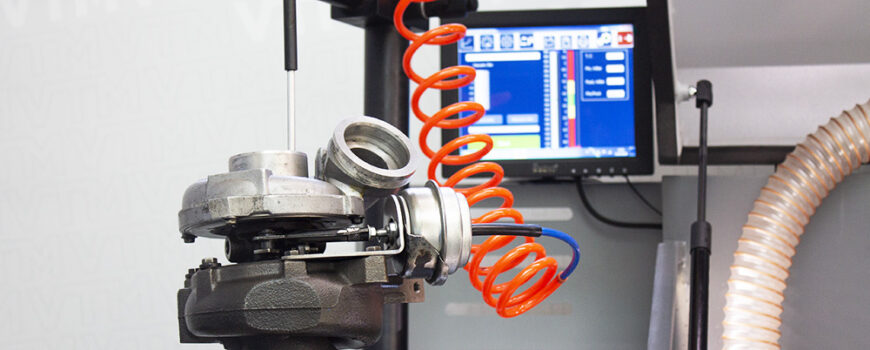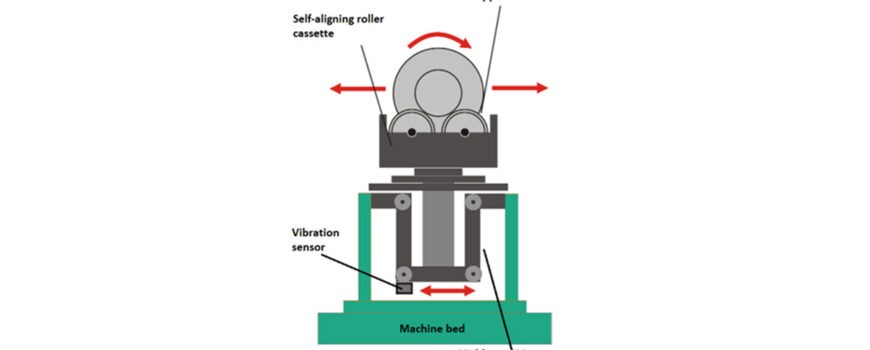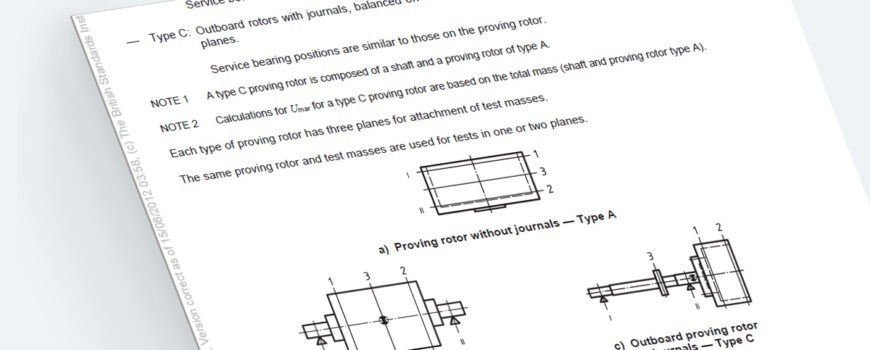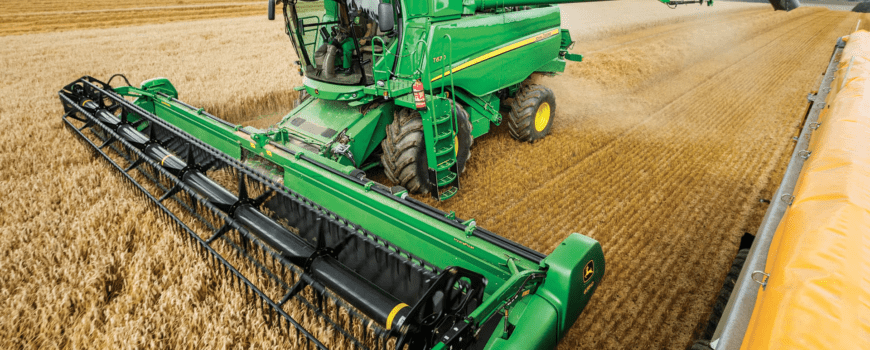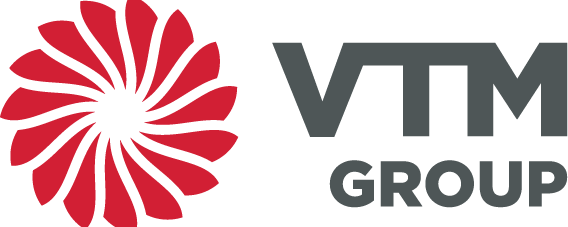Preventive Maintenance
Driveshaft inspection should be performed as part of your regular maintenance. Normal vehicle maintenance and recognition of component discrepancies are necessary to prevent serious mechanical problems and avoid driver discomfort. Failure to perform normal maintenance may also void the vehicle warranty.
Inspection of the driveshaft at the service
Inspection of the driveshaft at the service should be made in the presence of the client. It is important, because you can immediately focus his attention on the detected defects, while eliminating a lot of unnecessary questions.
Routine inspection steps
- Check the output and input end yokes for looseness.
- Check for excessive radial looseness of output/input shaft.
- Check for looseness across ends of u-joint.
- Check the slip spline for excessive radial movement.
- Check the shaft for damage, bent tubing, or missing balance weights.
- Check for a loose or missing slip yoke plug.
1. Driveshaft flange failure
Wear of the seating surfaces
Main causes:
- Loose bolted connection
- Fracture of the seating surface when installing or removing the driveshaft
- Foreign body between flanges during operation or repair
- Driveshaft vibration
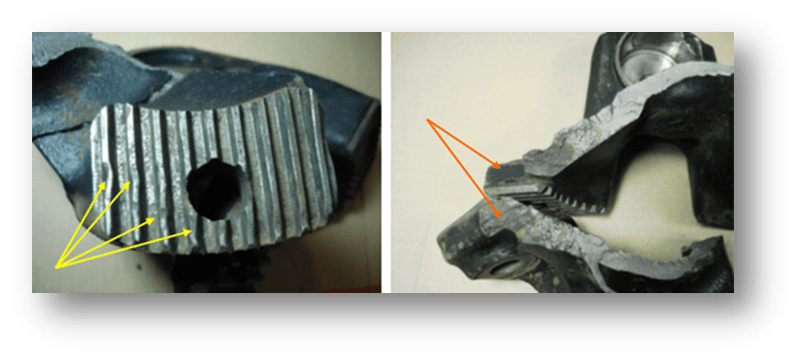
2. Driveshaft cross failure
Backlashes between the cross and forks
Main causes:
- Wear of the cup hole
- Excessive shock loads
- Driveshaft vibration
- Aggressive driving style
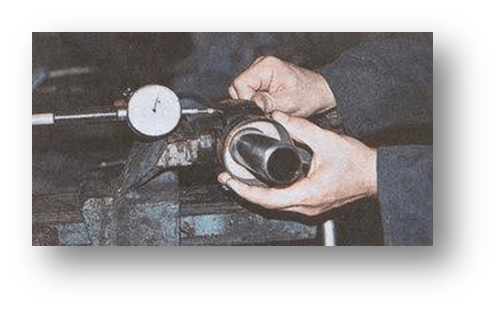
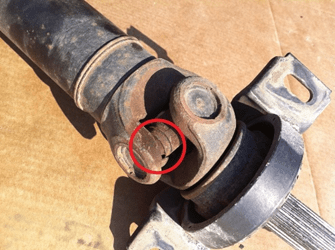
Oil and rust spots on the crosshead
Main causes:
- Wear of the sealing dust cap
- Water in the cup
Color change of the crossbody cup
Main causes:
- Lack of lubricant
- Wear of the sealing dust cap
- Dirt entering the cup
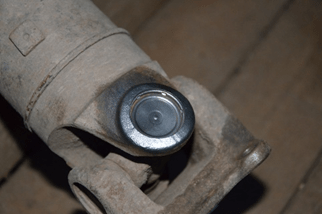
3. Spline joint
Slotted joint backlash
Main causes:
- Natural wear and tear of the splined joint
- Metal fatigue
- Driveshaft vibration
- Wear of rubber cover
- Lack of lubrication
- Dirt between splines
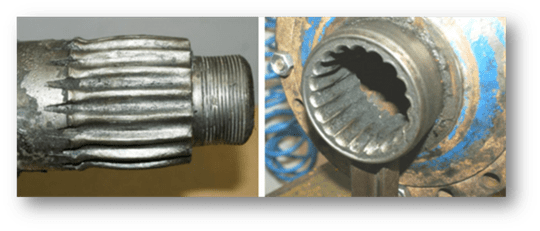
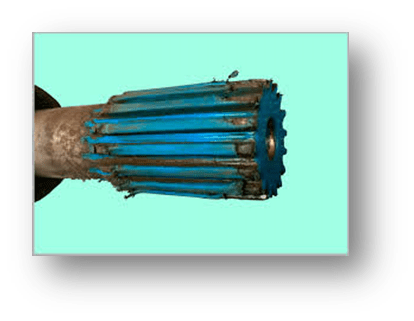
Wear and tear of the rilsan coating
Main causes:
- Overheating of the coating
- Material fatigue
- Dust cap wear
- Lack of grease
- Natural wear
4. Driveshaft outboard bearing failure
Cracks in the rubber bearing
Main causes:
- Material fatigue
- Increased driveshaft vibration
- Bearing wear
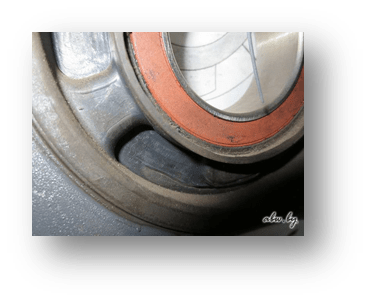
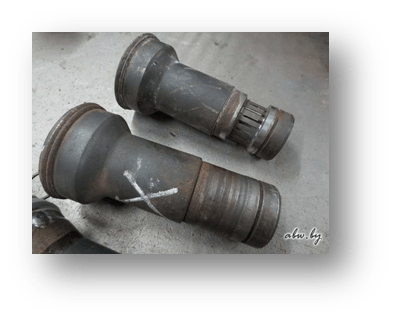
Wear of the bearing seating surface
Main causes:
- Driveshaft vibration
- Bearing wear
- Bearing slippage
- Dirt entering between bearing seating surface and bearing
Bearing wear
Main causes:
- Poor quality bearing
- Metal fatigue
- Excessive vibration
- Dirt inside the bearing
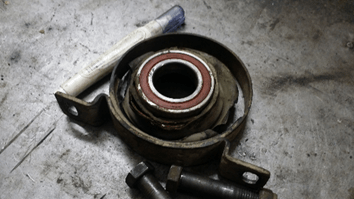
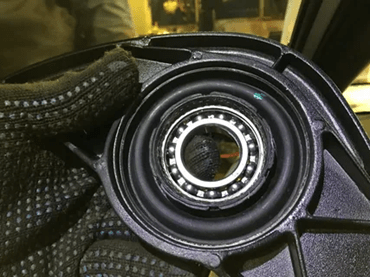
Change in the stiffness of the rubber support
Main causes:
- Material fatigue
- Low operating temperatures
5. Driveshaft tube failure
Pipe deflection
Main causes:
- Material fatigue
- Increased driveshaft vibration
- Bearing wear
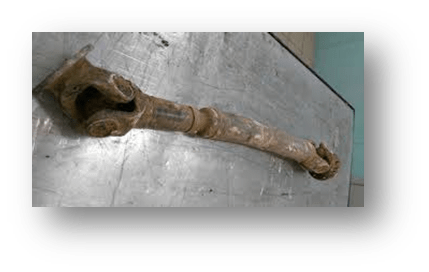
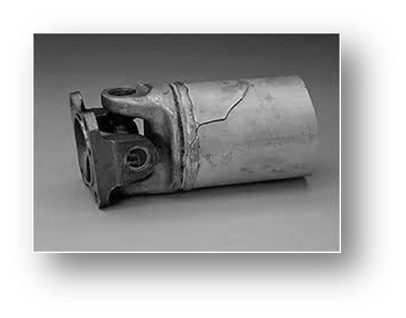
Cracks in the tube
Main causes:
- Metal defect
- Welding seam defect
- Excessive vibration
- Intense stress
Dent in the tube
Main causes:
- Radial impact
- Deformation of the pipe when removing/installing or repairing the driveshaft
- Incorrectly calculated pipe wall thickness
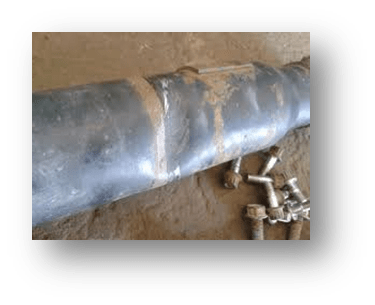
Afterword
Note how common excessive vibration is on this list. Usually, it’s caused by a lack of balance or poor balance.
This brings our article to an end. If you are interested in equipment for the driveshaft repair or balancing machine to eliminate vibration, you can contact our experts for advice. They will be happy to offer you the best set of equipment for you. Thank you for your attention and good luck in your work.
